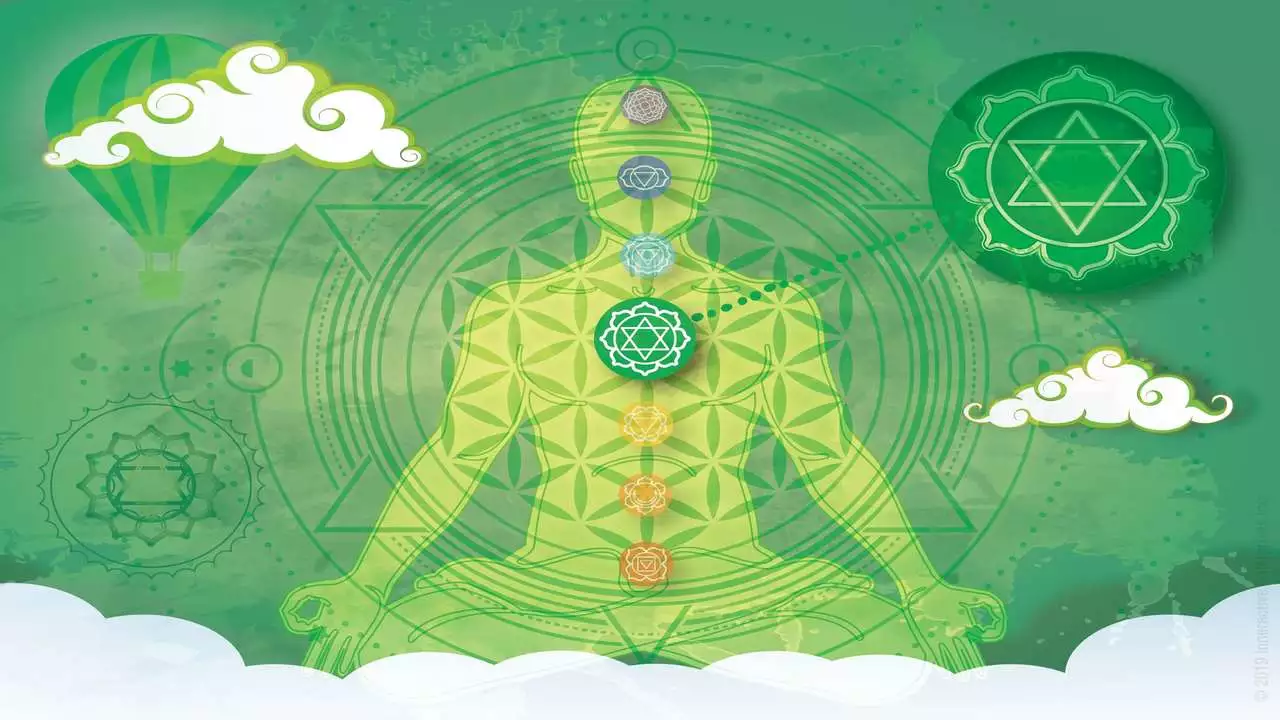You may be able to recite the definitions of ahimsa (non-harming), aparigraha (non-grasping), asteya (non-stealing), brahmacharya (walking in the path of the absolute), and satya (truth)—the five commonly taught yama, the first limb of Patanjali's eightfold path of yoga. However, the teaching of each yama is boundless—it goes beyond a single-word meaning and in fact work with one another to offer us beautiful lessons on how to live. Here, teacher Rina Deshpande—who leads our new online course, The Culture & Practice of the Yama—shares the complementary relationship between ahimsa and aparigraha.
Watch also Understanding Aparigraha: What It Really Means to "Let Go"
Want more? Join Rina Deshpande, Ed.M., MS.T., RYT-500—teacher, writer, artist, and poet—for her new six-week online course, The Culture & Practice of the Yama. Through lectures, holistic practices, reflections, and discussions on yoga’s roots and evolution, Rina will bring depth and nuance to your understanding of this rich philosophy, infusing your daily life, practice, and teaching with meaning. Learn more and sign up today!






